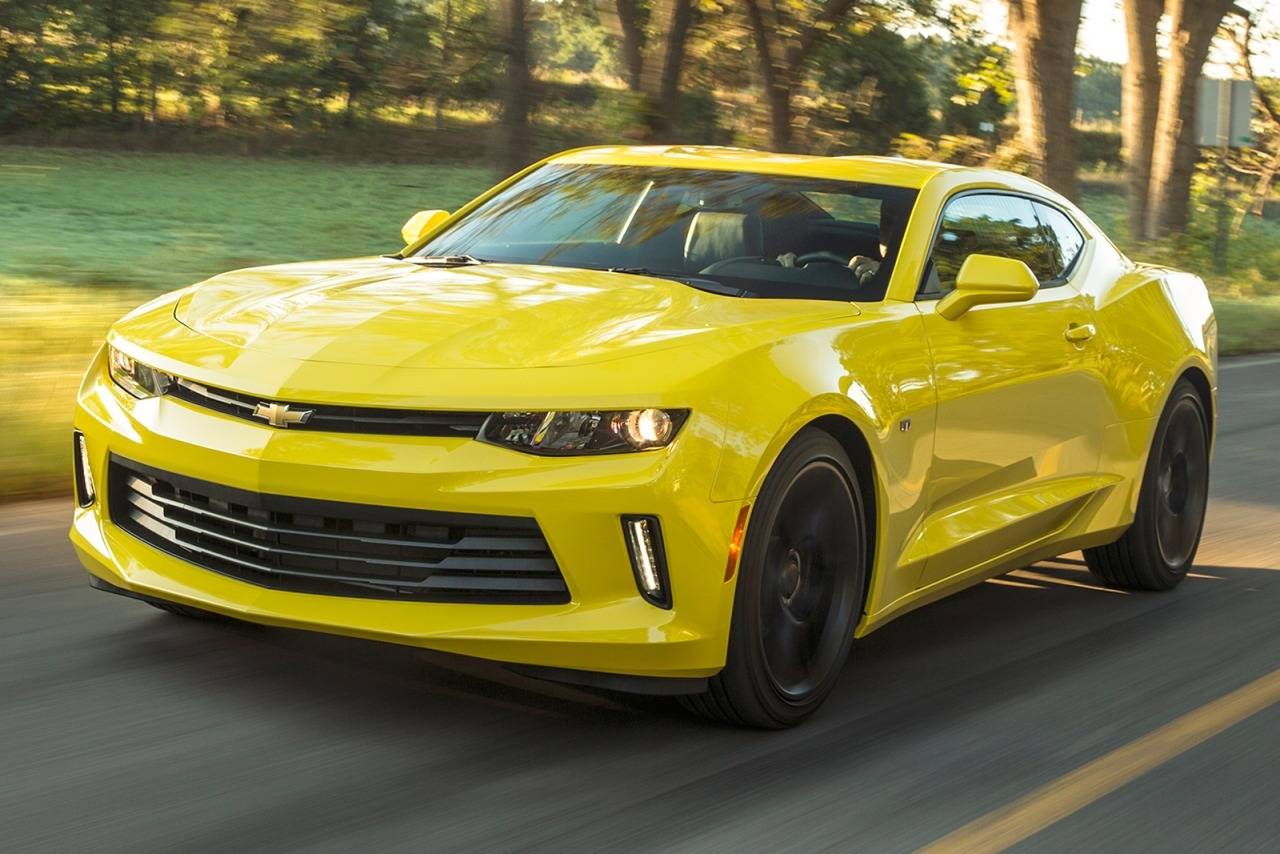I also do like the new 2018 Wheel design of as well. They’re not too over-the-top, and not to Mundane either. (I saw your winter wheel set up for 2017, but don’t recall what your stock wheels look like for your Camaro.)
Also, I looked at other pictures of the 2018 refresh and there are a few minor details that I liked with the 2017 model better. For example on the 2017, I like that the SS emblem is on the bottom half of the grill, and now they relocated the SS symbol to the upper half of the grill, near the Chevy symbol, which looks clustered with such a thin Grill compared to the massive bottom Grill. I Just prefer the separation of the Chevy logo and SS emblem. (Pictured below)
Also, I just don’t care for the new headlights on the 2018 Camaro, _more specifically_, the extension of the LED bar leading into the grill insert, strange symmetry. The 2017 headlamps are more uniform.
View attachment 757576
Another observation, the new 2018 refreshed Camaro tail lamps are more bulbous, which as I mentioned before is more conservative, but I do like the 2017 taillamps better, which seemingly are More sporty if you will. But either way, I’m neutral to the new tail lamps on the 2018, and they are fitting, I just like the 2017 in preference.
View attachment 757577
But honestly, it’s really hard to make a judgment based off photos, I would have to see a 2018 Camaro in person to make a fair evaluation. Seeing a car with pictures never suffices to actually see what a Car looks like in person most times.
These are my stock rims.

I was leaning towards the gray painted version of these wheels to better match the gray paint, but I was thinking long term that if I ever nicked the wheels or the paint started peeling due to age, the silver would hide it better than the gray. Plus gives the car some contrast in color.
For the SS, I definitely prefer the pre-facelift version. I wouldn't change anything about the exterior looks besides I wish MRR made the 1LE replica's in the stock 20x8.5 and 20x9.5 sizes( I really dig the 1LE's rims). I just don't want the wheels to stick out of the fenders flinging rocks against the paint.
But again more I look at it, the more I prefer the refreshed-RS. The pre-refresh RS always looked cheap to me. Maybe it was the chrome that ruined the looks, but I just didn't like it as I like the SS's front end. Take the pre-refresh rear and combine the refresh RS, would have a good looking V6 Camaro.
Pre-refresh RS.

The non-RS front end looks even cheaper. One of the things I liked about the 5th gen was the fact the non-RS models didn't look like crap. They had halogen reflectors, but the car still looked good with them. Only way to really spot a stripper was by the wheels.I am curious to what the refreshed non-RS models look like.


